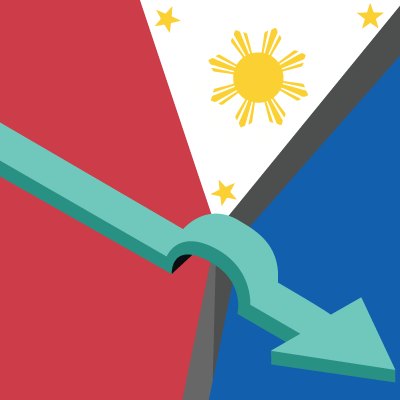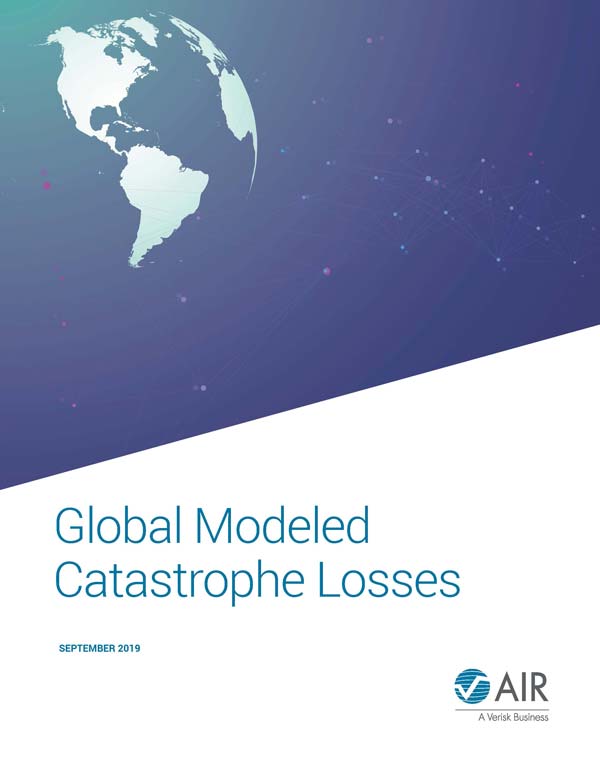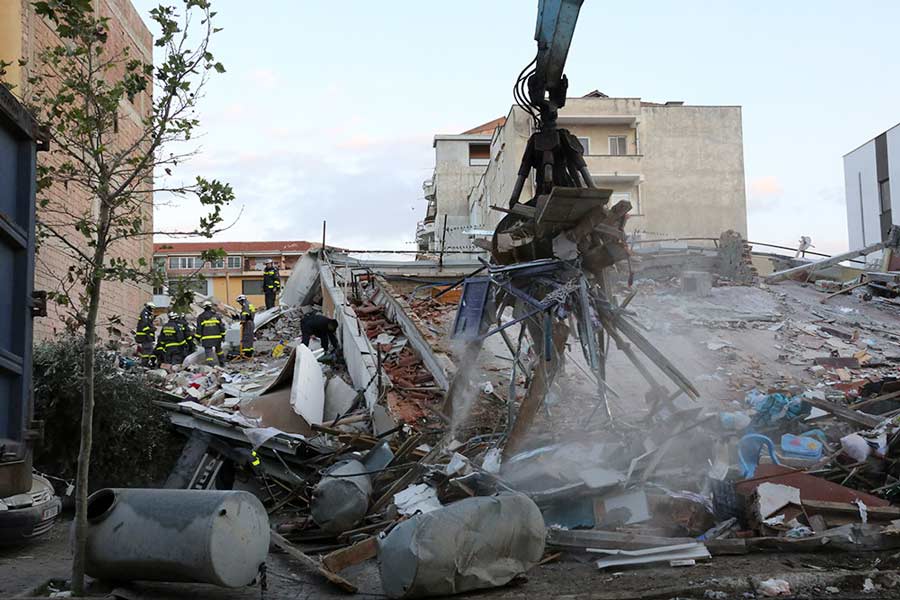
In a historic transaction, the World Bank recently issued catastrophe bonds to benefit the people and the Republic of the Philippines. In the event of a qualifying earthquake or typhoon, the bonds will provide a payout to assist with disaster recovery, providing the government with protection for not only the immediate aftermath of an event but also the continued growth of this rapidly developing economy. The bonds are the first of their kind in Asia and the first to be listed on the Singapore Stock Exchange.
The Philippines bonds follow another historic transaction, the Alianza del Pacifico Catastrophe Bond issued in early 2018, covering earthquake events in Chile, Mexico, Colombia, and Peru. With more than USD 1 billion in coverage, this is the largest sovereign risk insurance transaction ever and the largest World Bank issuance to date. This bond has worked as designed, triggering after a magnitude 8.0 earthquake struck Peru in May, 2019, resulting in a USD 60 million payout to the Peru Ministry of Finance to aid reconstruction efforts.
AIR was the modeling and calculation agent on both of these transactions.
The Protection Gap

These projects by the World Bank and others are important steps toward closing the Global Protection Gap. The gap is a persistent threat to economies around the world, particularly in developing nations with low insurance penetration and highly vulnerable populations. Each year, AIR develops an estimate of the Global Protection Gap, published in our Global Modeled Catastrophe Losses report. The report develops metrics using AIR’s latest suite of models and updated industry exposure databases.
The latest estimates illustrate the significant gap around the globe. The charts show that globally, only around a quarter of economic losses are insured. Economic losses include losses from noninsurable sources, such as infrastructure and lost economic productivity, in addition to losses that are potentially insurable. Unfortunately, the gap persists even when considering only that portion of economic loss that is potentially insurable. In Asia, for example, only 15% of the potentially insurable losses are insured, representing a challenge and an opportunity for the insurance industry.
More Needs to be Done
The Philippines and Alianza del Pacifico cat bonds are indeed important steps, but other opportunities exist to provide post-disaster financing to developing economies. On November 26, 2019, an M6.4 earthquake struck Albania. The quake—the country’s deadliest ever—was centered just west of the capital Tirana, killing 51 people, injuring 2,000 more, and severely damaging more than 2,000 structures. At least 4,000 people have been left homeless.

With a population of just over 3 million, Albania is a much smaller country than the Philippines or Peru, but it has attracted significant international investment, particularly from China, and is a rapidly developing country with a modern, open-market economy. While some efforts have been made to address a lack of insurance penetration in the country, most notably by Europa Re, insurance take-up has lagged. With lower credit ratings and high debt ratios, the government budget is vulnerable to shock losses and would benefit from another innovative, and historic, disaster risk financing project.
Learn more about measuring the global insurance gap: see the infographic



